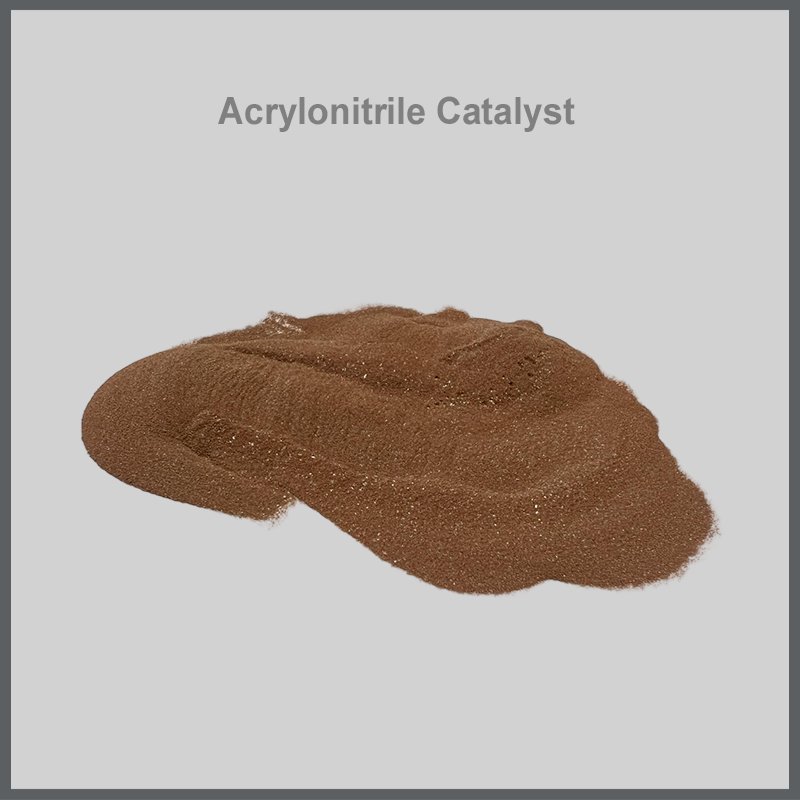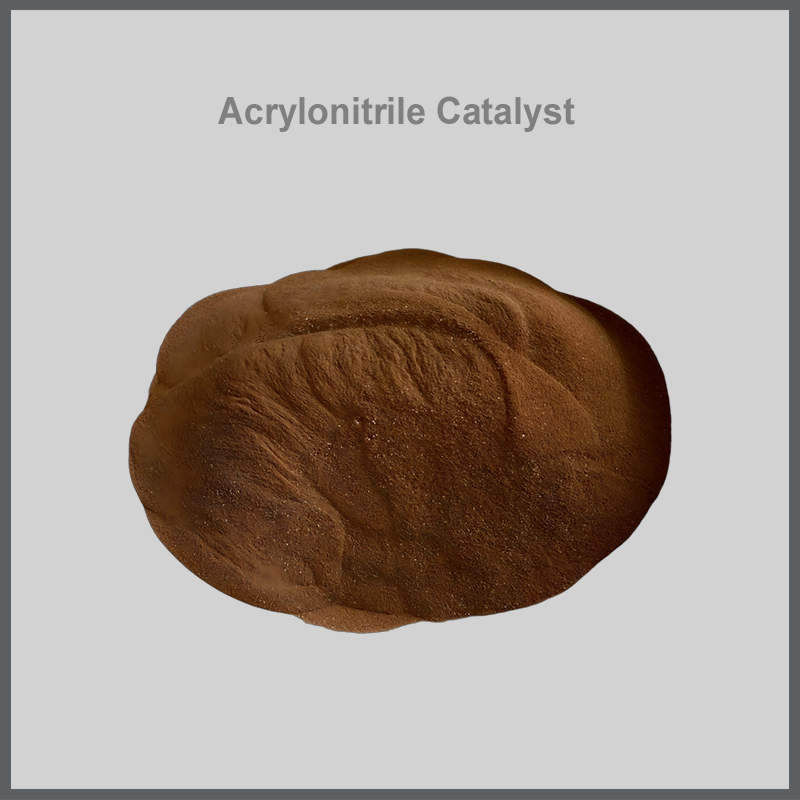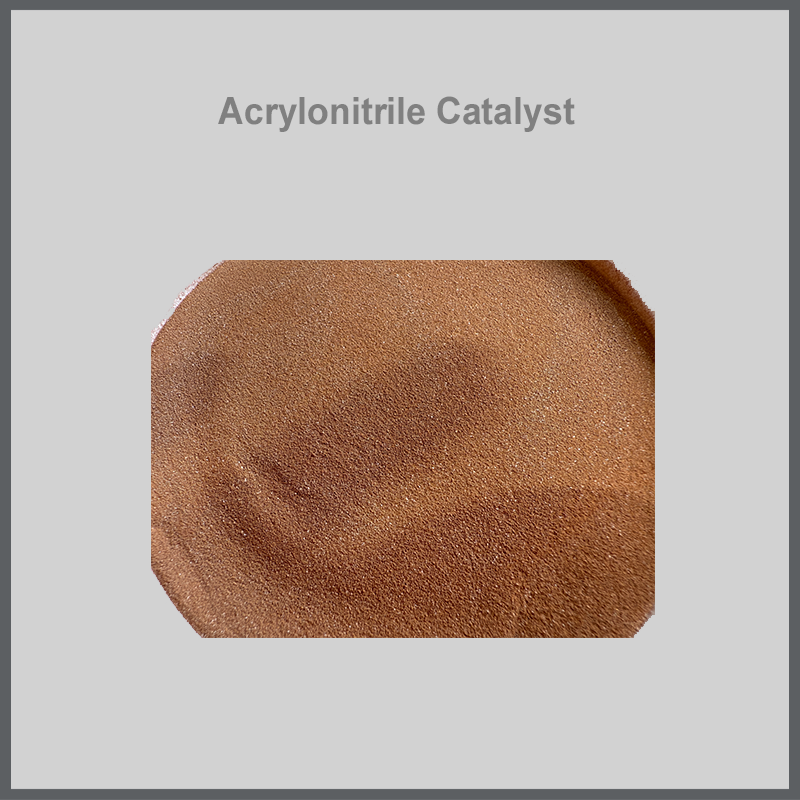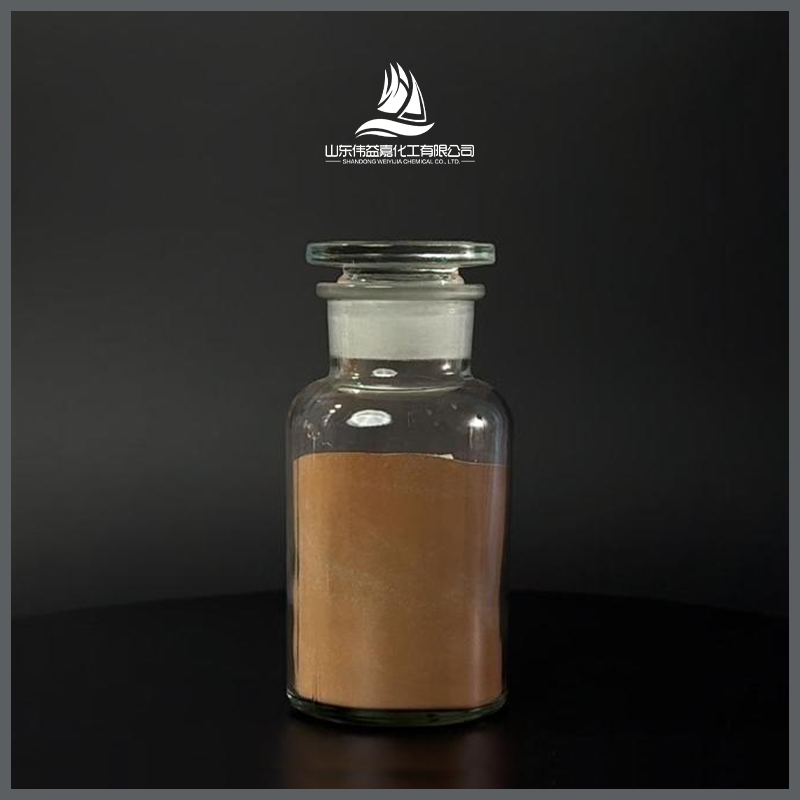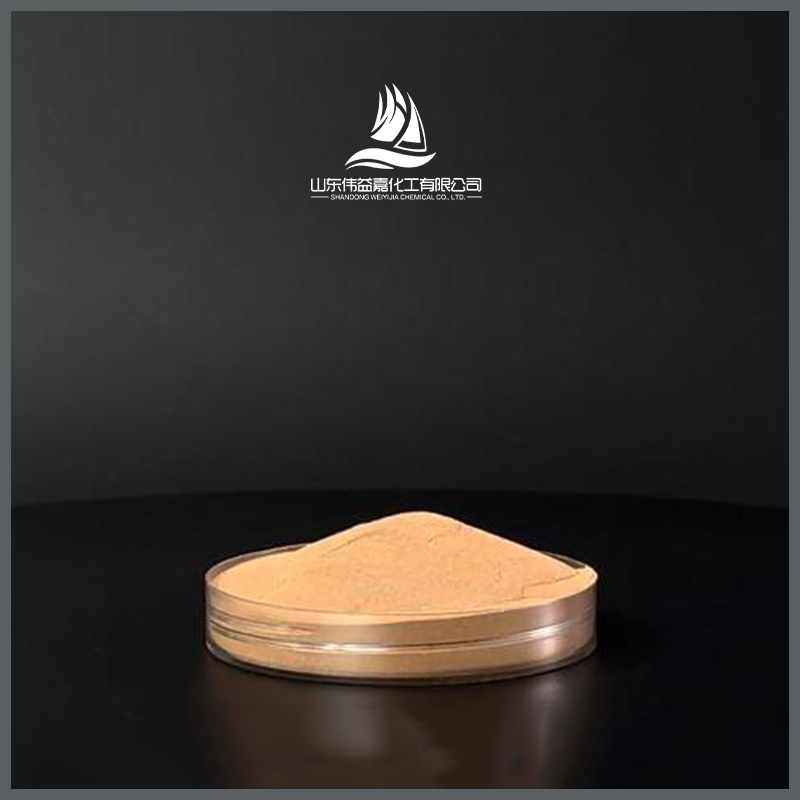products
Acrylonitrile Catalyst
Accelerating the reaction: Significantly increasing the reaction rate at relatively mild temperatures and pressures.
Improving selectivity: Directing the reaction toward the target product, acrylonitrile, while minimizing the formation of byproducts (such as acetonitrile, hydrocyanic acid, acrolein, and carbon dioxide).
Extending the operating cycle: With excellent stability and wear resistance, they maintain high activity and selectivity over extended periods of time.

◼Product Introduction
Acrylonitrile catalysts are widely used in the production of synthetic fibers, resins, rubber, etc.
The GR-XYA5 catalyst used in the acrylonitrile plant is a catalyst with molybdenum and bismuth as the main active components, and the element molybdenum is easily sublimed and lost in the reaction process. With the increase of catalyst use time, the activity of the catalyst decreases, the acrylonitrile yield decreases, and the propylene and ammonia consumption of the device increases, which is a characteristic that makes the acrylonitrile industry different from other industries.
Acrylonitrile (AN) is a material monomer used in the synthesis of acrylic fiber, and is an important chemical raw material, which is widely used in the fields of polyacrylonitrile fiber, rubber, plastic, and so on. In the production of acrylonitrile, the use of catalysts can improve the reaction rate and selectivity and promote the synthesis of acrylonitrile.
As long as there is no large technical input (such as updating the catalyst), the acrylonitrile per reactor catalyst will decrease year by year, and the unit propylene and ammonia consumption of the plant will increase year by year. At the end of catalyst use, the catalyst activity (propylene conversion) decreased, the catalyst single yield to acrylonitrile decreased, and the impurities produced in the reactor increased.
◼Product Description
The product is composed of metal chromates such as iron, nickel, and magnesium, loaded on a silica carrier. It is in the form of fine particles with an average particle size of 50um.




◼Test condition
Reactor size: inner diameter 38.1mm, total height 848mm, including reaction section 610mm, expansion section 140mm, transition section 98mm;
Catalyst filling capacity:440g;
Raw material ratio (propylene + ammonia + air): volume fraction (1+1.2+9.5):
Raw material purity: propylene reference GB/T 7716;
Ammonia (liquid): Mass fraction ≥99.8%:
Reaction pressure: 0.08MPa;
Reaction temperature:440ºC;
propylene airspeed: WWH=0.08;
Catalyst particle size requirements:
105~88μm 5% 30g
88~44μm 70% 420g
≤44 μm 25% 150g
A total of 600g was taken according to the above screening requirements, and 440g was weighed into the reactor.

◼What are the main active components of a catalyst? What are their functions?
Iron (Fe): A catalyst promoter and modifier. Its primary function is to regulate the catalyst's redox properties, promote the flow of lattice oxygen, and prevent active components (such as molybdenum) from excessive reduction and deactivation. Furthermore, compounds formed between iron and molybdenum (such as Fe₂(MoO₄)₃) significantly contribute to selectivity.
Nickel (Ni), cobalt (Co), antimony (Sb), etc.: Used to further adjust the acidity, redox properties, and electronic structure, improve acrylonitrile selectivity, and inhibit side reactions.

◼What are the main active components of a catalyst? What are their functions?
Active component loss (volatilization): In a high-temperature steam environment, components such as molybdenum may volatilize as oxides, causing changes in the catalyst composition.
Sintering: Prolonged exposure to high temperatures causes the catalyst's tiny crystals to grow, reducing the specific surface area and the number of active sites.
Coking and contamination: Small amounts of polymer produced during the reaction or impurities in the raw materials can coat the active sites.
Mechanical wear: Continuous collision and friction in the fluidized bed can cause fine powder to be carried away, resulting in physical damage.

◼How do factories choose catalysts?
The selection process is a comprehensive technical and economic decision, primarily considering the following:
Performance: yield (selectivity), activity, and stability.
Cost: initial purchase price, unit cost (catalyst cost per ton of acrylonitrile), and total cost over the operating lifecycle.
After-sales service: supplier's technical support, start-up guidance, and after-sales service quality.
Compatibility with existing equipment: Different catalysts have different requirements for operating conditions (temperature, pressure, and space velocity), which must be compatible with the design of the existing equipment.


Shandong Weiyijia Chemical Co., Ltd. is dedicated to the research, development, production, sales, and service of catalysts, adsorbents, and papermaking additives. Our products are primarily used in the petrochemical, coal chemical, natural gas-based papermaking, metallurgy, and electronics industries, enjoying a strong reputation and high market share.
Our Vision: To create maximum value for our customers, build a world-class catalyst company, and ensure that every employee is respected.
Our Business Philosophy: To focus on customer needs, provide optimal solutions, and foster win-win partnerships with our customers.


Request a Quote
Related Recommendations

